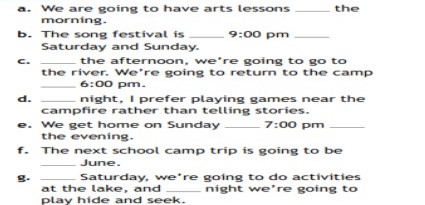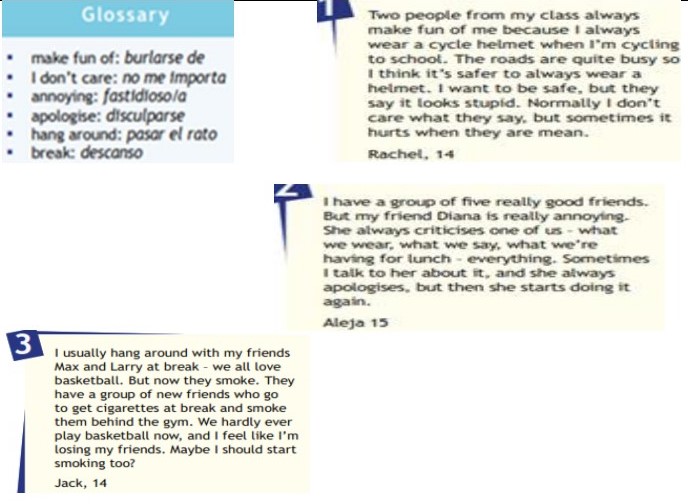| Tema | THE MODAL AUXILIARIES |
|---|---|
| Evidencia | |
| calificable? | 1 |
| Activo | 1 |
Propósito
LoEstructuro mis textos teniendo en cuenta elementos formales del lenguaje como la puntuación, la ortografía, la sintaxis, la coherencia y la cohesión. (Taller 3, Periodo 1)
Motivación
SUCCESFULTEENS: Taking into account the new way of living in the Earth because of the PANDEMIA OFCOVID-19, make a list of the possible things you could learnt to take advantage of your knowledge, abilities and of course, VIRTUALITY.

Explicación
USES OF THE MODAL AUXILIARIES: SHOULD / SHOUDN’T
Should se suele traducir al español como “debería” y, también como en español, se suele usar para aconsejar, opinar y recomendar. También se puede usar para expresar obligación e incluso expectativas o previsiones.
Modal verb should en afirmativo
Should para dar un consejo.
‘You should go to the doctor as soon as possible.’
(‘Deberías ir al doctor lo antes posible’).
Modal verb should en negativo
Should para dar una recomendación.
‘You shouldn’t eat junk food.’
(‘No deberías comer comida chatarra’).
Modal verb should en interrogativo
Should para pedir una opinión.
‘Should I lose weight?’
(‘¿Debería bajar de peso?)
COULD / COULDN’T: El auxiliar modal could es un verbo modal que se utiliza para expresar permiso, posibilidad o para hacer sugerencias en presente. También se utiliza para hablar de una habilidad del pasado, es decir la versión en pasado del modal 'can'.
Combinación con otros verbos
- Igual que otros verbos modales, el verbo could y su forma negativa couldn’t siempre van seguidos por el infinitivo de otro verbo sin to. Por ejemplo: I could swim. (Yo sabía nadar).
- Forma negativa e interrogativa
- El verbo could no necesita ningún auxiliar para la forma negativa e interrogativa. Por ejemplo, I couldn’t speak English. (No podía hablar inglés).
PREPOSITIONS OF TIME: I / ON / AT:I
We use in for months, years and parts of the day. Examples: in February, in 1981, in the morningWe use in for months, years and parts of the day. Examples: in February, in 1981, in the morning.
We use on for dates and days. Example: On March 28th, On Monday.
We use at for times, festivals, at night, at the weekend. Examples: at 6 o’clock, at Christmas
Ejercicios
Read this article and then, choose and activity you’d like to in the morning, afternoon and evening.


Read the situations quickly and match them with the pictures. What are the teens doing?


Evaluación
UnSe calificará el trabajo realizado teniendo en cuenta la participación durante las actividades y el desarrollo de las GUÍAS FORMATIVAS durante las clases utilizando los medios y recursos ofrecidos por la Institución: CARTILLAS, PLATAFORMA COLEGIOSONLINE,PLATAFORMA RADAR o mediante llamada telefónica por WhatsApp y el ingreso eventual a encuentros por MEET O ZOOM.
Bibliografía
Foro
Cursos
| Curso | |
|---|---|
No results found. | |
Acceso a las actividades
| Actividad | Nombre | Fecha de ingreso | Fecha de actualización | Número de ingresos | Año | Curso | Subreporte |
|---|---|---|---|---|---|---|---|
No results found. | |||||||
